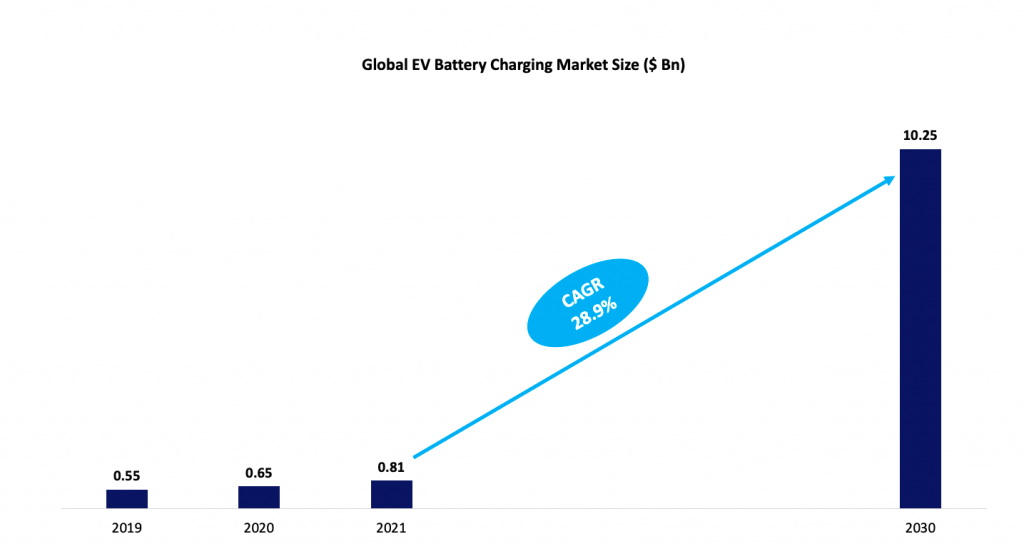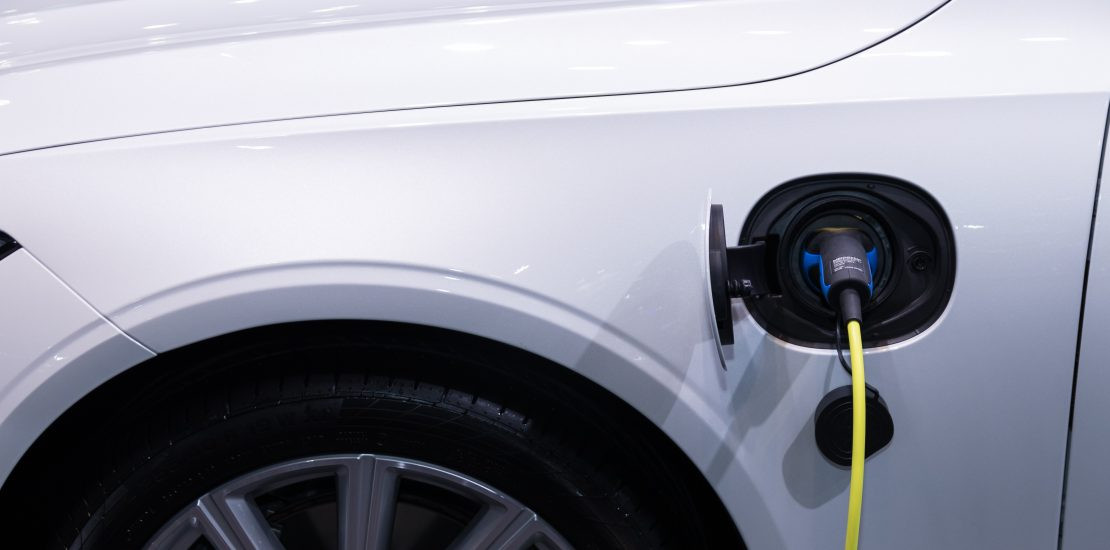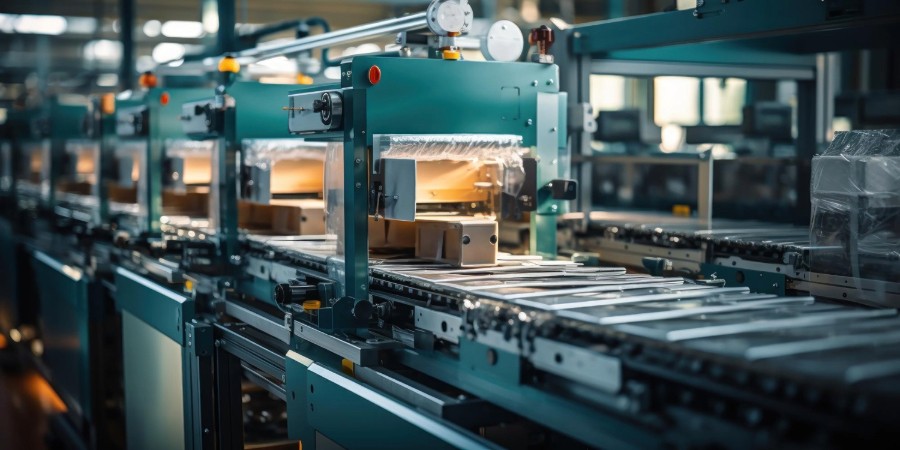The adoption of electric vehicles is rising at a rapid pace. But have you ever thought that what will happen to those old batteries?
Imagine that it is 2030, and only electric vehicles (EVs) are on the roads. Petrol and diesel vehicle are things of the past now. Most countries have banned the production and use of vehicles running on fossil fuels to switch to cleaner mobility and mitigate climate change. But can we imagine what will happen to those EV batteries once they are dead or the EVs run out of road?
Globally, people are turning towards electric vehicles (EVs) due to rising fuel prices, less or no pollution, cost-effectiveness, etc. According to an estimate by IEA, electric car sales they reached a record 3 Million in 2020, up 40% from 2019. For 2030, the Net Zero Emissions by 2050 Scenario projects 300 Million electric cars on the road, accounting for over 60% of new car sales, compared with only 4.6% in 2020.
With such an increase in EV sales, one major issue will arise, and that is related to batteries – the heart of an EV. As sales of EVs continue to surge, so will the volumes of spent batteries. These lithium-ion batteries comprise hundreds of cells produced using valuable metals and minerals. They are toxic to the environment, so environmentalists and researchers are trying to save them from ending up in landfills. We have achieved almost 100% recycling capabilities for traditional lead-acid batteries; however, the world is unprepared to manage lithium-ion battery waste. Additionally, EV batteries are more complicated to handle, given that they are larger and heavier than those used in fossil fuel-based cars. Hence, EV battery recycling represents an untapped opportunity in most parts of the world.
Market Overview
Recycling old batteries will not only help reduce the toxic materials to go into landfills but also reduce the need for mining key battery raw materials such as lithium, cobalt, and nickel, also known as “urban mining”. Automakers worldwide encourage battery recycling by investing in related start-ups or partnering with battery firms and recyclers. Due to such moves, the global market for EV battery recycling will grow exponentially in the coming year.
EV battery recycling and reuse are emerging as booming industries amid global initiatives by governments and private sectors to prevent tens of thousands of tons of lithium-ion batteries from entering landfills, creating environmental problems.As per our estimates, the EV battery recycling market is expected to grow from around $0.81 Billion in 2021 to more than $10 Billion in 2030, at a CAGR of around 29% during 2021-30.

Key driving factors that will drive the demand for EV battery recycling are:
- Rising concerns regarding global warming due to the increasing number of vehicles, thus increasing the use of EVs
- An increasing number of used EV batteries worldwide
- Government policies to reduce mining activities to save the environment
- Rising awareness about recycled products and materials
There are also a few restraining factors that will limit the growth of the EV battery recycling market for the shorter term:
- Concerns regarding the storage and transportation of used batteries due to the use of toxic materials
- Higher initial costs to set up a recycling facility
- Lack of awareness and skills about the recycling process
Usually, automakers promise 8-10 years of battery life. After this timespan, the battery performance reduces, and it may not allow 250 km car trips on one charge. But this doesn’t make it useless. One option for the used EV batteries is to reuse them for other applications such as energy storage and related services. Used EV batteries can be combined as second-life power units with stationary ones, mainly for renewable energy generation systems. When the performance level decreases from the second life use, those batteries will be recycled properly. As per estimates, only 5% of EV batteries are recycled, while others are stored and piled up at battery-producing plants.
As Tesla is one of the pioneers in electric cars globally, they need to plan battery recycling ahead of other automakers. Tesla wants to sell 20 million electric vehicles per year by 2030. Tesla claims that none of their scrapped lithium-ion batteries goes to landfills, and 100% are recycled. Using its recycling processes, it claims that they have recovered more than 92% of the battery materials, including nickel, copper, and cobalt. Additionally, Tesla co-founder and former tech chief JB Straubel have founded an EV battery recycling start-up in the US – Redwood Materials. It is intended to become one of the recycling powerhouses globally.
Recent Developments and Investments
Though the EV battery recycling market is nascent now, its demand will increase with many EVs worldwide. More EVs would mean more lithium-ion batteries, meaning a greater need for recycling. Most of the EV manufacturers and automakers are collaborating with battery manufacturing firms to set up recycling processes, for example:
- LG Energy, which formed Ultium Cells LLC, an EV battery joint venture with General Motors, has signed a business contract with a US battery recycling company to enter the American battery disposal market.
- Samsung SDI, a unit of Korea’s top conglomerate Samsung, has partnered with PMGROW Corp., a Korean electric bus and battery product maker, to advance into the battery recycling market.
- Hyundai Glovis Co., a logistics unit of the Hyundai Motor Group, has joined with LG Energy and KST Mobility Co., which operates the EV ride-hailing platform Macaron Taxi for battery leasing and recycling.
- Hyundai’s sister firm Kia has partnered with SK Innovation for its battery metal recycling business.
They are also investing in recycling start-ups, considering a huge market opportunity. In just one week of September 2021, four US battery recyclers collectively raised more than $250 Million from leading automakers like Ford and government agencies like the US Department of Energy (DOE).
A Huge Potential For India
India is the 3rd largest auto market globally. EV sales will increase in the next couple of years with the higher availability of EVs from local and global companies, including Tata, Hyundai, Ola, TVS, Hero, Aether, etc. The Indian government also encourages EVs and EV batteries at a local level. Last year, the Centre approved an Rs. 18,000-crore performance-linked incentive (PLI) scheme to produce EV batteries in India. However, Indian manufacturers must depend on China to procure the raw materials required to produce EV batteries. Hence, recycling is the best option to reduce imports and reuse the raw materials at the disposal of end-of-life batteries.
India can be the global EV battery recycling hub due to its larger labour-intensive population and lower labour costs. The only thing that India lacks is automation for the recycling process. Considering the hazardous process due to toxic materials, it is necessary to integrate technologies for the transportation, storage, and recycling process. As one of the leading market research and marketing strategy firms, we can help various companies (irrespective of their size and stage) provide the required intelligence and design strategy to achieve sustainable growth in EV battery recycling. We have expertise in monitoring high-growth and high-potential markets globally, so any start-up or established vendor can make informed decisions using our services.






